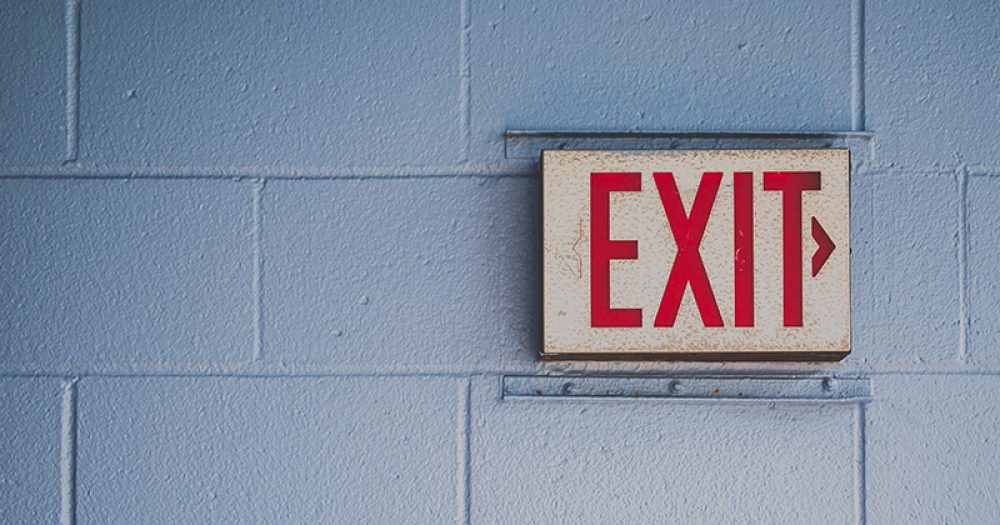The use of permanent exclusions by schools has begun to rise again after a pandemic lull, while suspensions continue to rise.
The rate of permanent exclusion fell from 10 in every 10,000 pupils in 2018-19 to five in 2020-21 as national lockdowns restricted attendance at school.
But data for the 2021-22 academic year, published today, shows the rate rose again to eight in 10,000. As usual, the rate is higher for secondary schools (16 in every 10,000) than special (five in 10,000) and primary schools (two in every 10,000).
But exclusion rates were still at their lowest ever in a year unaffected by lockdowns.
However, the statistics also show that one in 17 secondary school pupils were suspended from school at some point last academic year. This is the highest level since recent records began and followed a similar pandemic lull as seen in exclusion rates.
Department for Education data shows 214,650 secondary pupils had one or more suspension during the 2021-22 academic year, equivalent to 6 per cent of the population.
This is up from 164,214 pupils, or 4.9 per cent in pre-pandemic 2018-19, and higher than at any point since the current dataset started in 2015.
Primary schools also suspended at their highest rate since 2015, albeit still much lower than secondary schools, with just 0.68 per cent of pupils having one or more suspension during the year.
Schools use suspensions ‘to reduce exclusions’
Government behaviour adviser Tom Bennett said the figures were “good news”, as suspensions were “a strategy to reduce exclusions”.
“If they need to be done, they need to be done. They also provide respite for staff and students from the disruption and violence of the suspended student.”
It comes after a government survey found more than six weeks of lesson time may have been lost to misbehaviour over the last year.

The research, dubbed a “huge wake-up” for the sector, also revealed the health and wellbeing of 60 per cent of teachers had been impacted.
The most common reason for suspensions and permanent exclusions remains persistent disruptive behaviour.
This has actually risen in prevalance. In 2021-22 it accounted for 35 per cent of permanent exclusions and 43 per cent of suspensions, up from 30 per cent and 36 per cent respectively the year before.
Other common reasons for permanent exclusion included physical assault against a pupil or adult, or using verbal abuse or threatening behaviour against an adult.
Suspensions and exclusions remain most common for pupils aged 12 to 14, and boys are around twice as likely to be suspended, and almost three times as likely to be excluded.
Pupils eligible for free school meals had a suspension rate of four times that of non-eligible pupils, and were five times as likely to be excluded permanently. Pupils with SEND also remain much more likely to be suspended or excluded than their peers.
Gypsy and Roma pupils continue to have the highest rates of suspensions and exclusions, followed by Travellers of Irish Heritage. Chinese pupils have the lowest rates.















Your thoughts